Home>Maintenance & Safety>Safety Equipment & Products>How To Childproof A Kitchen
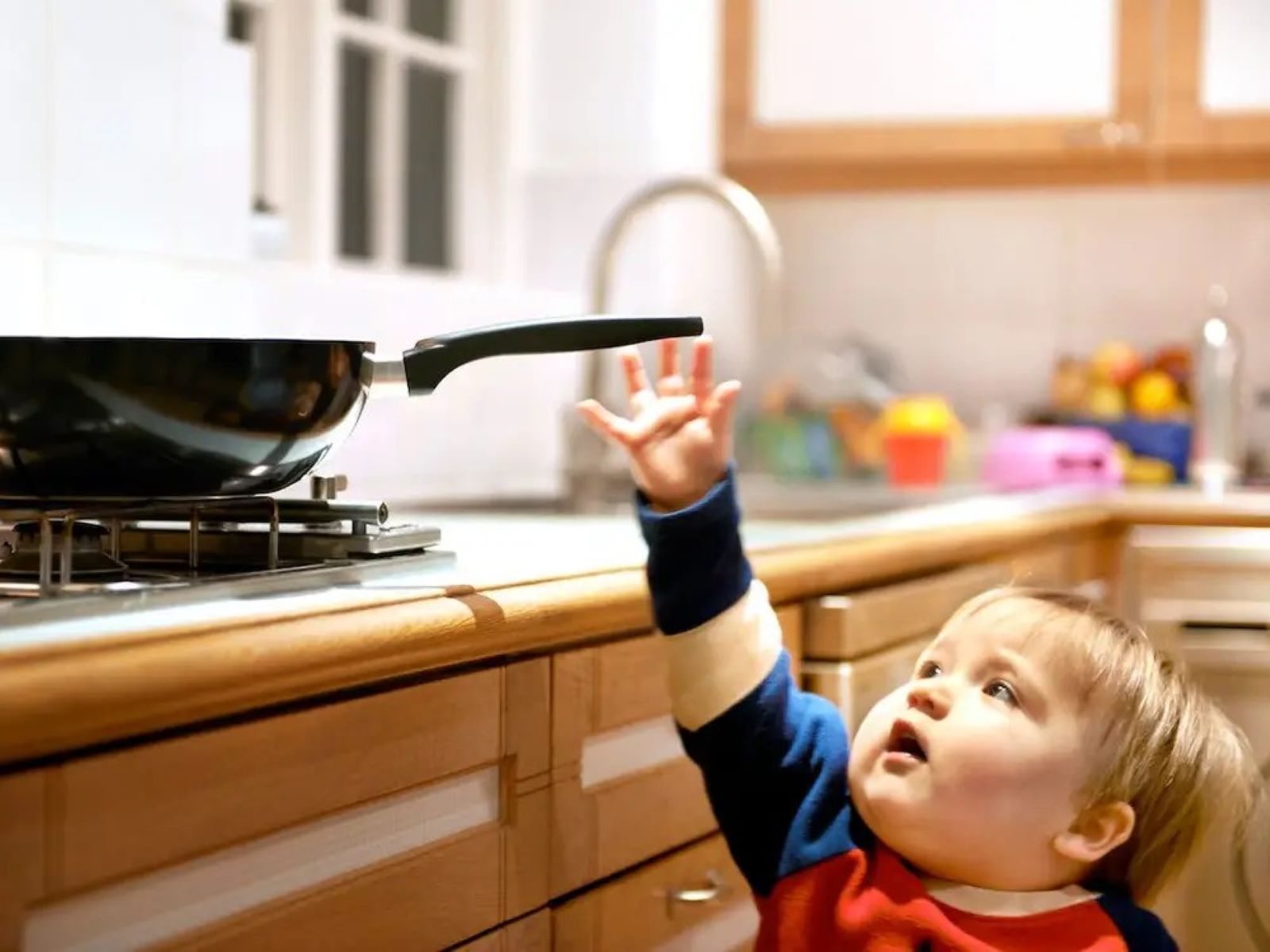

Safety Equipment & Products
How To Childproof A Kitchen
Modified: March 1, 2024
Learn how to childproof your kitchen with the best safety equipment and products. Keep your little ones safe with our expert tips and recommendations today.
(Many of the links in this article redirect to a specific reviewed product. Your purchase of these products through affiliate links helps to generate commission for Storables.com, at no extra cost. Learn more)
Introduction
Welcome to the heart of your home, where delicious meals are prepared, laughter fills the air, and memories are made. The kitchen is a bustling hub of activity, but it can also harbor potential hazards for young children. Childproofing this space is crucial to ensure a safe environment for your little ones to explore and play in.
In this comprehensive guide, we will delve into the essential steps to childproofing your kitchen, offering practical tips and insights to safeguard against common risks. From securing cabinets and drawers to managing kitchen tools and creating safe eating areas, we will cover every aspect of childproofing to give you peace of mind.
As we embark on this childproofing journey, remember that safety can be seamlessly integrated into the functionality and aesthetics of your kitchen. By implementing the strategies outlined in this guide, you can create a secure space for your children without compromising the warmth and charm of your culinary haven.
So, let's roll up our sleeves and equip ourselves with the knowledge and tools to transform your kitchen into a child-friendly sanctuary. Together, we can navigate the potential hazards and embrace a kitchen that fosters both safety and joy for your little ones.
Key Takeaways:
- Childproofing the kitchen involves securing cabinets, appliances, and creating safe eating areas to keep children safe from potential hazards like sharp objects, hot surfaces, and dangerous chemicals.
- By assessing risks, implementing safety measures, and promoting responsible behavior, parents can create a secure and nurturing kitchen environment where children can explore, learn, and thrive safely.
Read more: What Makes Childproof Containers Childproof?
Assessing the Risks
Before diving into the process of childproofing your kitchen, it’s essential to assess the potential risks that may pose a threat to your child’s safety. By identifying these hazards, you can develop a targeted approach to mitigate the risks effectively.
Start by getting down to your child’s eye level to gain a comprehensive understanding of the kitchen environment from their perspective. This vantage point allows you to spot potential dangers that might go unnoticed from an adult’s height. Keep an eye out for sharp corners, accessible electrical outlets, dangling cords, and low-hanging kitchen towels or tablecloths that could be pulled down.
Take stock of the appliances in your kitchen, noting any accessible buttons, knobs, or cords that could attract a child’s curiosity. Additionally, assess the contents of your cabinets and drawers, paying attention to items that could be harmful if ingested or sharp objects that are within reach.
Consider the layout of your kitchen and the flow of foot traffic. Are there any potential tripping hazards, such as loose rugs or cluttered areas, that need to be addressed? Identifying these risks allows you to create a safer, more organized space for your child to explore.
Furthermore, assess the accessibility of cleaning products, chemicals, and sharp utensils. Ensure that these items are stored securely out of reach and sight, reducing the risk of accidental exposure or injury.
By thoroughly evaluating the potential risks within your kitchen, you can tailor your childproofing efforts to address specific areas of concern. This proactive approach sets the foundation for a secure and nurturing environment, where your child can engage with the kitchen space safely.
Securing Cabinets and Drawers
Cabinets and drawers are treasure troves of culinary essentials and potentially hazardous items, making them a focal point for childproofing in the kitchen. Securing these storage spaces is paramount in preventing accidents and ensuring your child’s safety.
Start by installing childproof locks or latches on all cabinets and drawers within your child’s reach. These safety mechanisms are designed to prevent little hands from accessing potentially dangerous items, such as sharp utensils, cleaning supplies, or heavy pots and pans.
When selecting locks or latches, opt for those that are sturdy and easy for adults to operate. Magnetic locks, for example, offer a discreet and secure solution, keeping cabinets and drawers off-limits to curious toddlers while allowing convenient access for adults.
Organizing your cabinets and drawers can also contribute to a safer kitchen environment. Store heavy or breakable items on higher shelves, out of your child’s reach, and reserve lower cabinets for child-friendly items, such as plastic containers or non-breakable cookware.
Consider utilizing sliding drawer locks to prevent children from accessing sharp knives or other potentially dangerous utensils. These locks provide an additional layer of protection, ensuring that drawers containing sharp objects remain securely closed.
Regularly assess the condition of your cabinet and drawer locks to confirm that they are functioning effectively. As your child grows and becomes more dexterous, it’s important to adjust and reinforce these safety measures accordingly.
By securing cabinets and drawers, you can create a controlled and safe environment within your kitchen, allowing your child to explore and play without encountering potential hazards. This proactive approach not only safeguards your child but also promotes a sense of security and peace of mind for you as a parent.
Childproofing Appliances
Appliances are integral to the functionality of a kitchen, but they can also pose potential risks to curious children. Childproofing your appliances is a crucial step in creating a secure environment for your little ones to thrive in.
Start by securing appliance cords to prevent tripping hazards and to deter children from pulling on them. Cord shorteners or winders can be used to keep cords neatly organized and out of reach, minimizing the risk of accidents.
For ovens and stoves, consider installing knob covers to prevent children from turning the appliances on unsupervised. These covers act as a barrier, requiring adult-level dexterity to operate the knobs, effectively deterring young children from manipulating the controls.
Refrigerators and freezers can also be secured using appliance locks to prevent children from opening them and accessing potentially harmful items or creating a mess. These locks provide a simple yet effective way to maintain the safety and integrity of these appliances.
When it comes to smaller appliances, such as toasters and microwaves, it’s important to store them out of reach when not in use. Additionally, ensure that any removable parts, such as toaster trays, are kept securely in place to prevent accidental contact with hot surfaces.
Regularly inspect your appliances for any wear and tear, loose components, or potential hazards. Addressing these issues promptly ensures that your appliances remain safe and functional for both adults and children.
By implementing these measures, you can create a secure environment where your child can interact with kitchen appliances without encountering unnecessary risks. Childproofing your appliances not only safeguards your child’s well-being but also promotes a harmonious coexistence between your family and the culinary tools that enrich your daily life.
Install safety latches on cabinets and drawers to keep harmful items out of reach of children. Keep cleaning products and sharp objects locked away to prevent accidents.
Safety around the Stove and Oven
The stove and oven are central to the culinary magic that unfolds in the kitchen, but they also present potential hazards for young children. Implementing safety measures around these appliances is essential to ensure a secure and nurturing environment for your little ones.
Start by creating a designated “no-play zone” around the stove and oven. This can be achieved by establishing a physical barrier, such as a safety gate or a visual boundary, to deter children from approaching these heat-emitting appliances.
Consider installing stove knob covers to prevent children from accidentally turning on the burners. These covers act as a protective barrier, requiring adult-level dexterity to access the stove controls, thus minimizing the risk of unintended operation.
When cooking, opt for back burners and turn pot handles inward to prevent accidental spills and burns. This simple practice reduces the likelihood of children reaching for hot pots and pans, mitigating the risk of scalds and injuries.
Supervision is paramount when the stove or oven is in use. Ensure that young children are kept at a safe distance and under close observation to prevent accidental contact with hot surfaces or open flames.
Teach your children about the potential dangers of the stove and oven, emphasizing the importance of seeking adult assistance when interacting with these appliances. By instilling a sense of awareness and caution, you empower your child to navigate the kitchen environment responsibly.
Regularly inspect the condition of your stove and oven, addressing any issues such as loose knobs, faulty burners, or malfunctioning components promptly. This proactive approach ensures that these appliances remain safe and reliable for your family’s use.
By implementing these safety measures, you can create a secure environment around the stove and oven, allowing your child to engage with the kitchen space under the watchful eye of responsible adults. These precautions not only safeguard your child’s well-being but also foster a sense of confidence and harmony within the heart of your home.
Read more: How To Childproof A Fireplace
Managing Kitchen Tools and Utensils
Kitchen tools and utensils are essential for culinary endeavors, but they also present potential hazards to young children. Implementing effective strategies to manage and secure these items is crucial in creating a safe and child-friendly kitchen environment.
Start by organizing and storing sharp utensils, such as knives and graters, in secure and inaccessible locations. Consider utilizing knife blocks or drawer organizers with built-in safety features to prevent accidental contact with sharp blades.
When using knives and other sharp utensils, ensure that they are used and stored responsibly. Teach older children about safe handling practices and the importance of returning these items to their designated storage areas after use.
For small kitchen gadgets and tools, such as peelers and can openers, store them in locked or childproofed drawers to prevent access by young children. This mitigates the risk of accidental ingestion or misuse of these items.
When cooking or baking with children, opt for child-friendly kitchen tools and utensils designed specifically for young chefs. These items feature blunt edges, non-slip handles, and vibrant colors, providing a safe and engaging introduction to the culinary world.
Regularly inspect your kitchen tools and utensils for wear and tear, ensuring that they remain in good condition and free from potential hazards. Replace any damaged or worn items promptly to maintain a safe kitchen environment.
By managing and securing kitchen tools and utensils, you can create a controlled and nurturing space for your child to explore and engage with the culinary arts. These proactive measures not only safeguard your child’s well-being but also foster a sense of responsibility and respect for kitchen tools within your family.
Creating Safe Eating Areas
Mealtime in the kitchen is a cherished ritual, but it’s essential to ensure that the dining area is safe and conducive to your child’s well-being. By creating a secure eating space, you can foster a positive and enjoyable environment for family meals.
Start by selecting child-friendly dining furniture that prioritizes safety and functionality. Choose chairs and tables with rounded edges and sturdy construction to minimize the risk of injury during mealtime activities.
Utilize non-slip placemats or tablecloths to keep dishware and utensils in place, reducing the likelihood of accidental spills or mishaps during meals. These simple additions contribute to a secure and orderly dining environment for your child.
When serving hot food and beverages, use insulated cups and bowls to prevent accidental burns. Opt for child-safe cutlery with blunt edges and easy-to-grip handles, promoting independence and safety during mealtime.
Establish clear guidelines for mealtime behavior, emphasizing the importance of sitting properly at the table and using utensils appropriately. Encourage open communication and positive reinforcement to nurture a respectful and enjoyable dining experience for your child.
Supervision is crucial during mealtime, especially for younger children. Ensure that your child is seated securely and under close observation to prevent accidents and promote healthy eating habits.
Regularly assess the condition of your dining furniture and accessories, addressing any issues such as loose components or potential hazards promptly. This proactive approach ensures that the dining area remains a safe and inviting space for family meals.
By creating a safe eating area, you can cultivate a positive and secure environment for your child to partake in the joys of mealtime. These measures not only safeguard your child’s well-being but also contribute to the development of healthy eating habits and positive family interactions within your home.
Conclusion
As we conclude our journey through the realm of childproofing the kitchen, it’s evident that creating a safe and nurturing environment for your child is a harmonious blend of vigilance, preparation, and thoughtful consideration. By implementing the strategies outlined in this guide, you can transform your kitchen into a haven where your child can explore, learn, and thrive without unnecessary risks or hazards.
Assessing the risks within the kitchen sets the stage for targeted and effective childproofing. By identifying potential hazards and vulnerabilities, you can tailor your approach to address specific areas of concern, ensuring a comprehensive and proactive safety strategy.
Securing cabinets and drawers, childproofing appliances, and promoting safety around the stove and oven are fundamental steps in mitigating potential risks within the kitchen space. These measures not only safeguard your child but also promote a sense of security and peace of mind for you as a parent.
Managing kitchen tools and utensils and creating safe eating areas contribute to a holistic approach to childproofing, fostering a secure and nurturing environment for your child to engage with the culinary world. By instilling a sense of awareness, responsibility, and respect for the kitchen environment, you empower your child to navigate this space confidently and responsibly.
As you embark on this childproofing journey, remember that safety can be seamlessly integrated into the functionality and warmth of your kitchen. By infusing your kitchen with thoughtful safety measures, you can create a space that encourages exploration, learning, and joyful family interactions.
By embracing the principles of childproofing, you not only safeguard your child’s well-being but also cultivate a sense of harmony and security within the heart of your home. The kitchen, once a space of culinary delights, now stands as a sanctuary where safety and joy coexist, enriching the lives of your family each day.
So, as you continue to weave safety into the fabric of your home, remember that the efforts you invest in childproofing the kitchen today will yield immeasurable rewards in the form of a secure, nurturing, and joyful environment for your child to thrive in.
Frequently Asked Questions about How To Childproof A Kitchen
Was this page helpful?
At Storables.com, we guarantee accurate and reliable information. Our content, validated by Expert Board Contributors, is crafted following stringent Editorial Policies. We're committed to providing you with well-researched, expert-backed insights for all your informational needs.

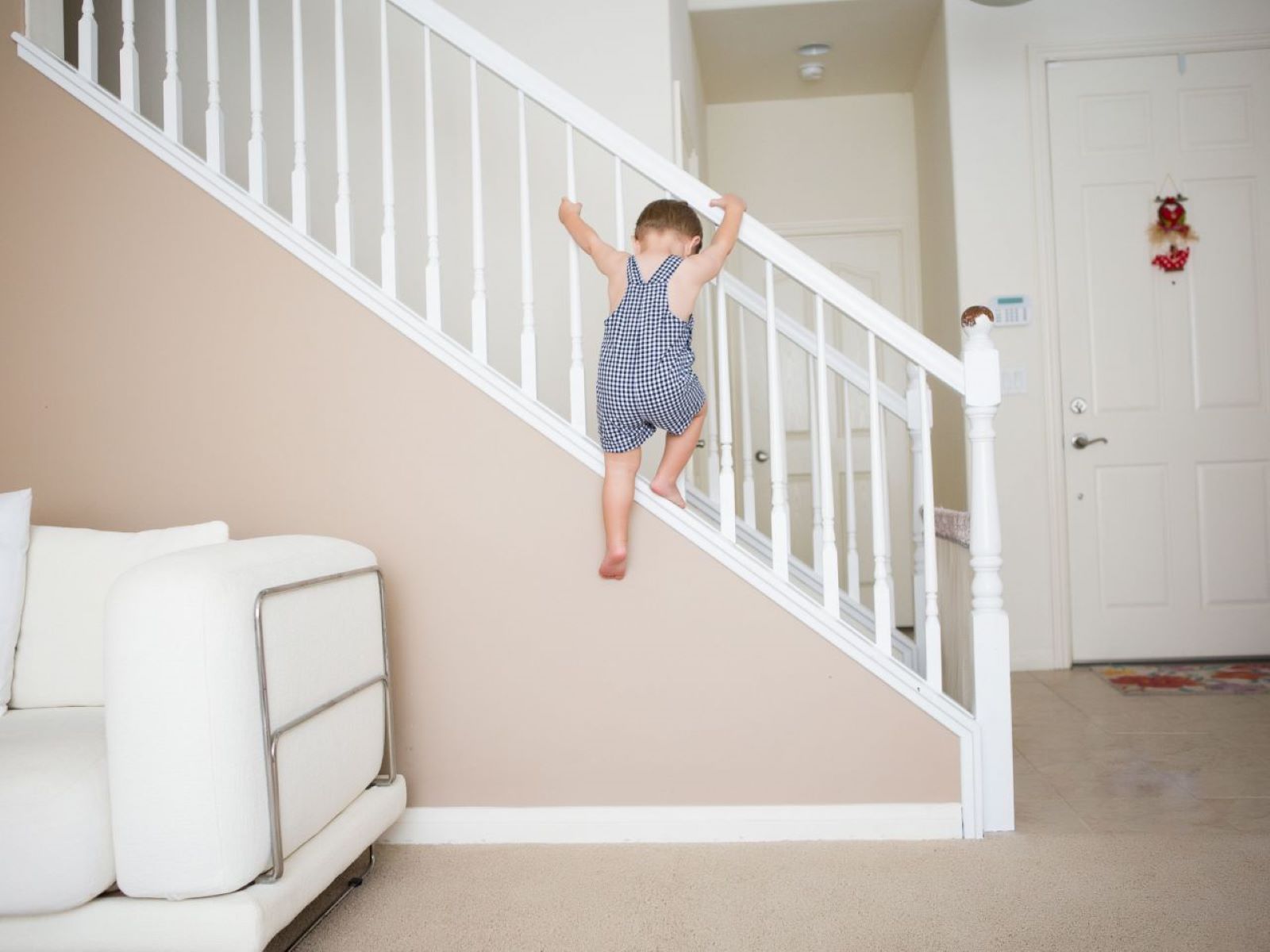
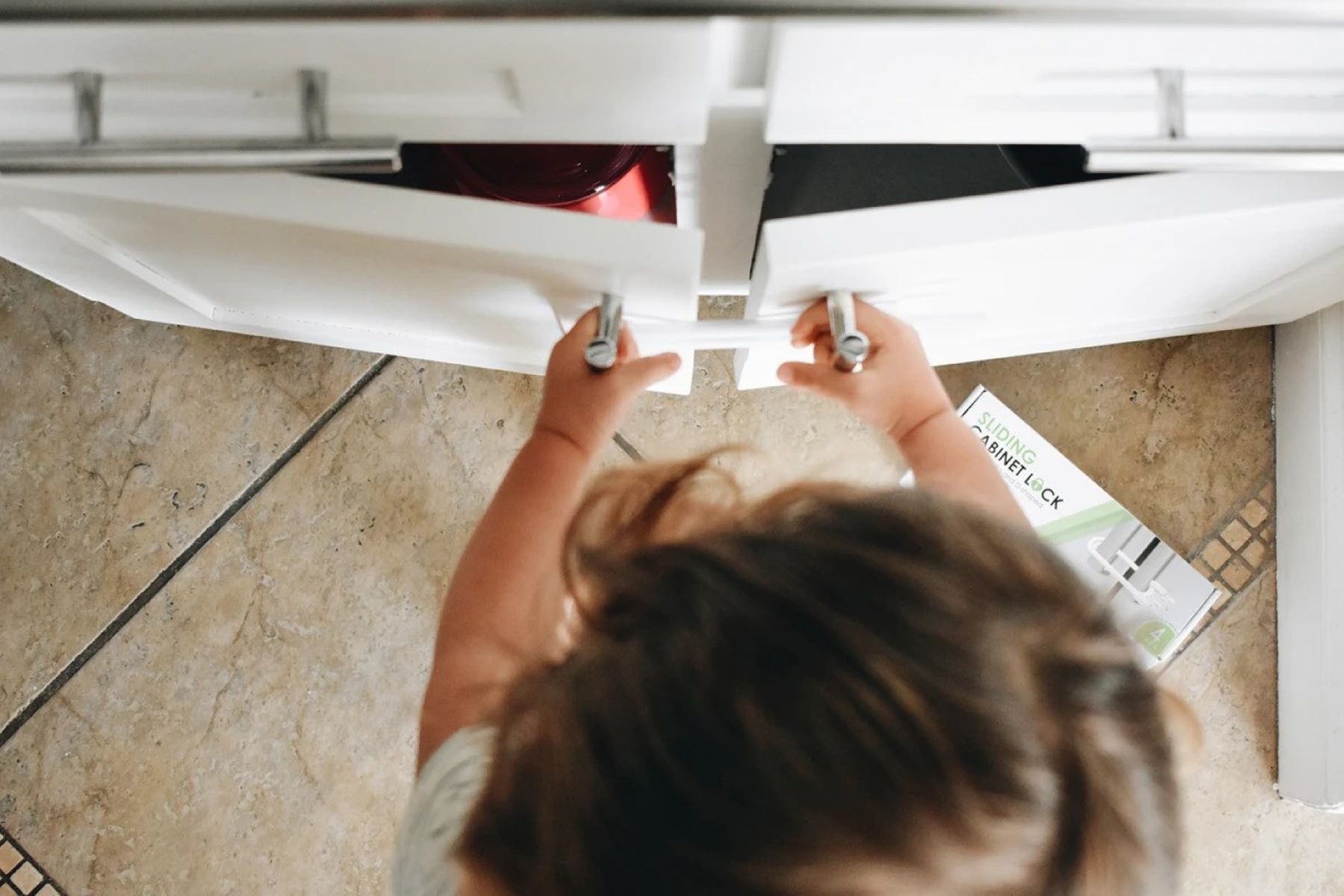
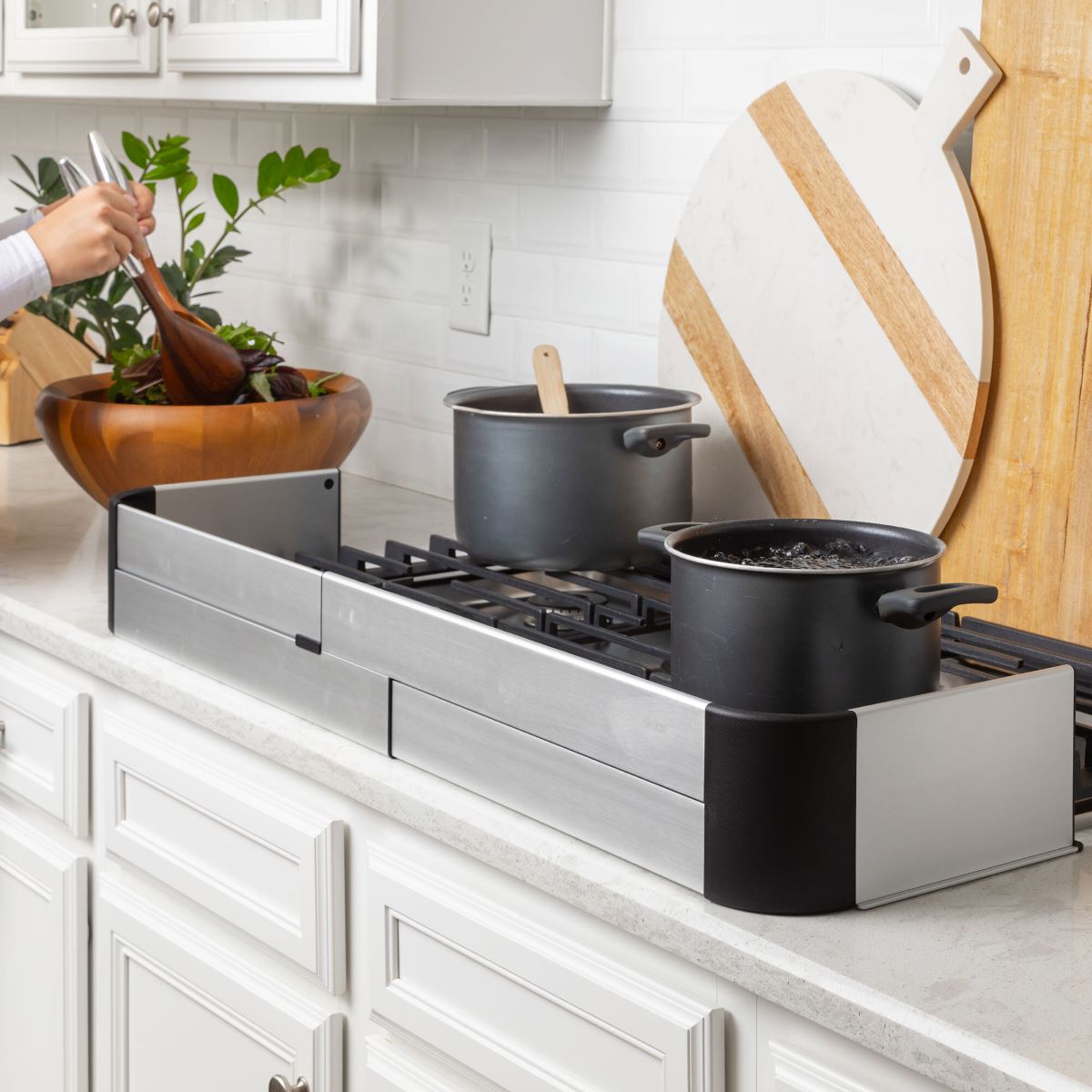
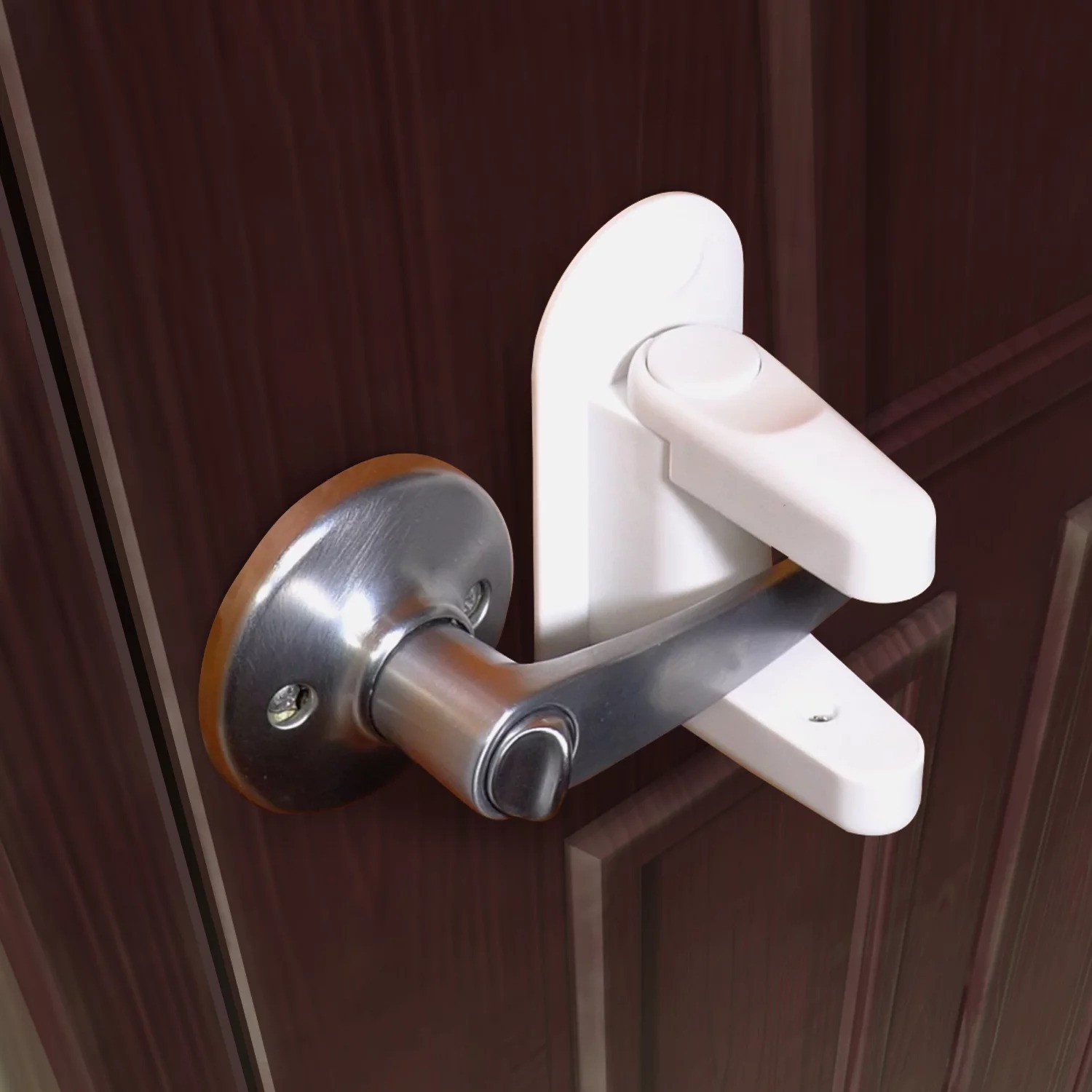
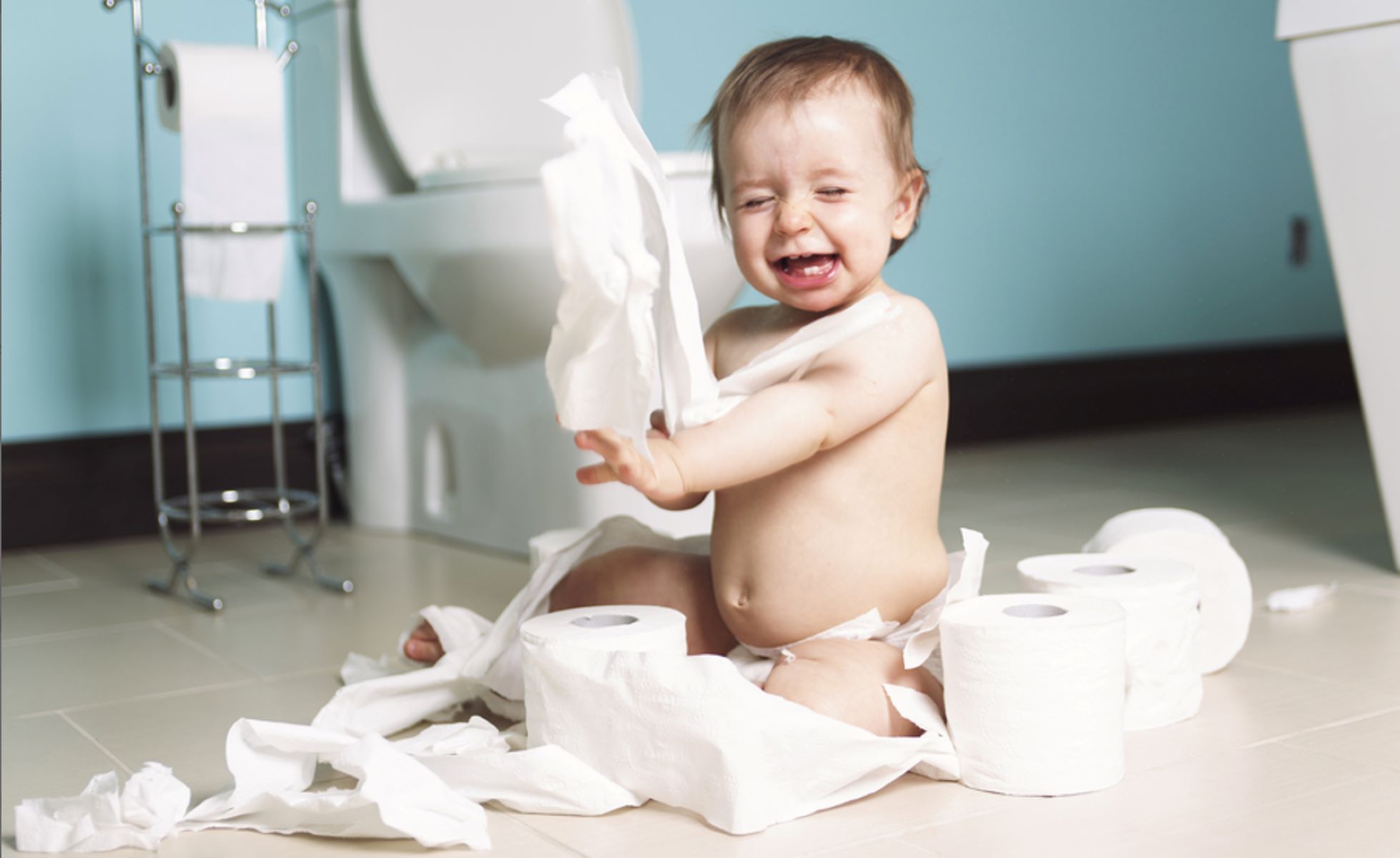
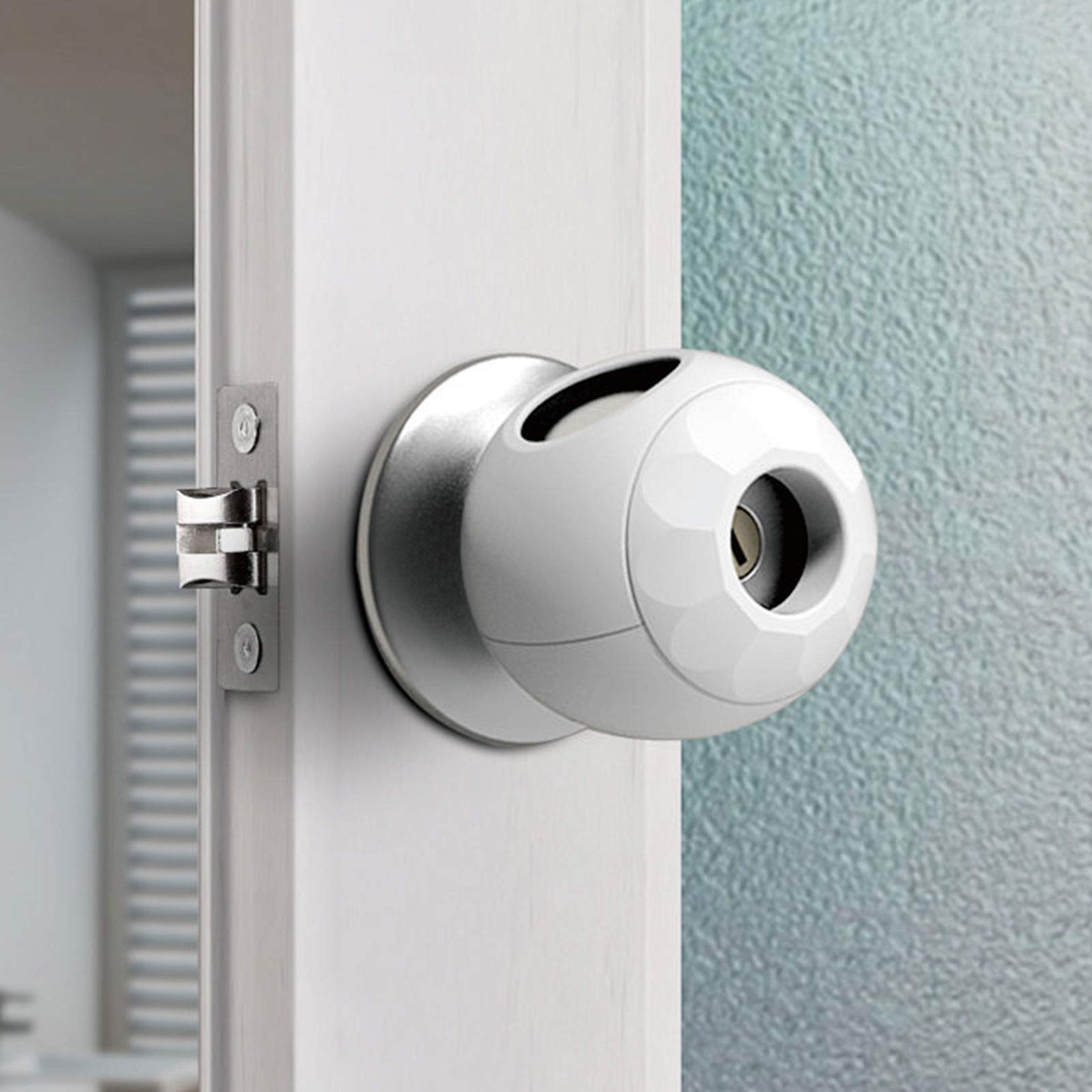
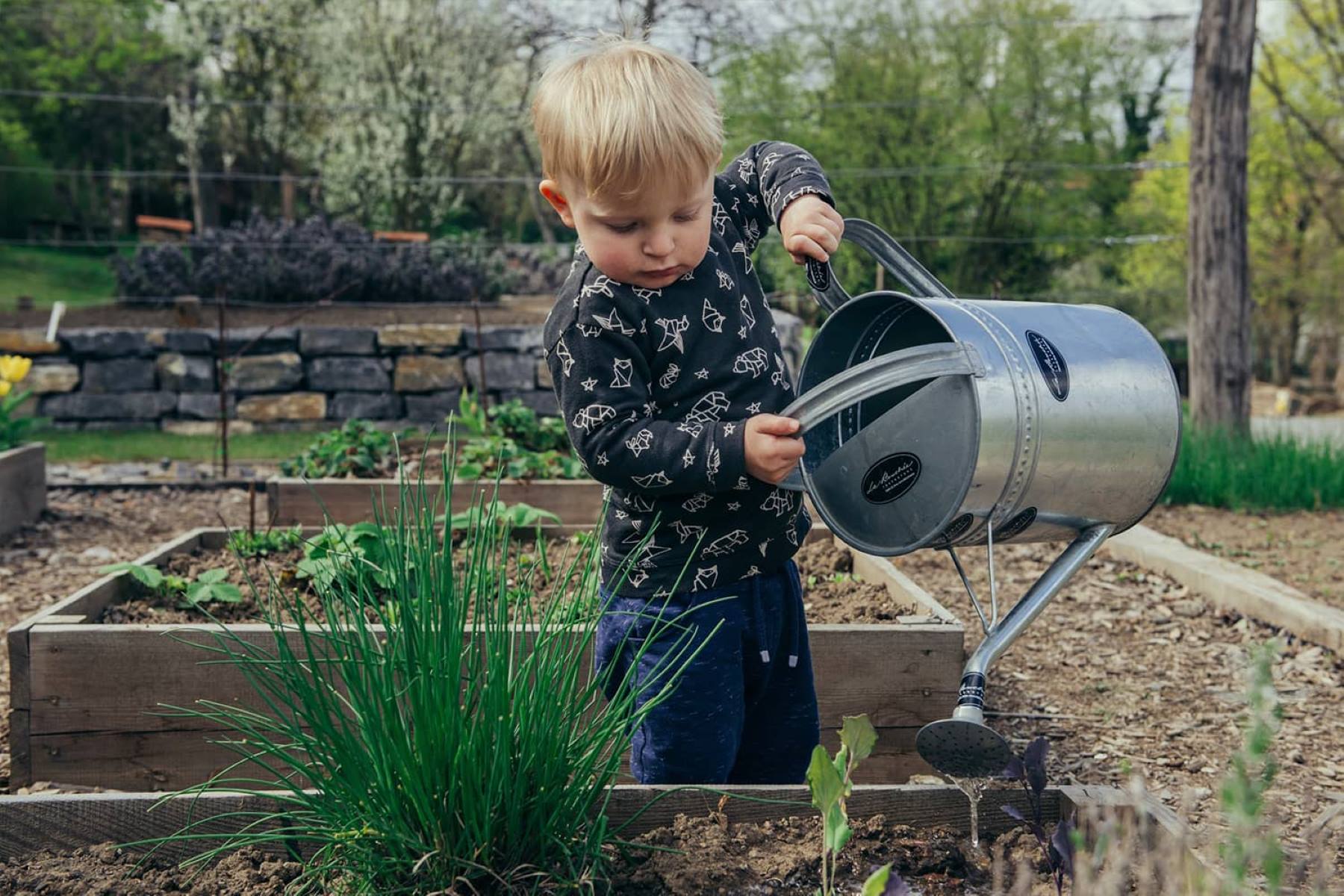
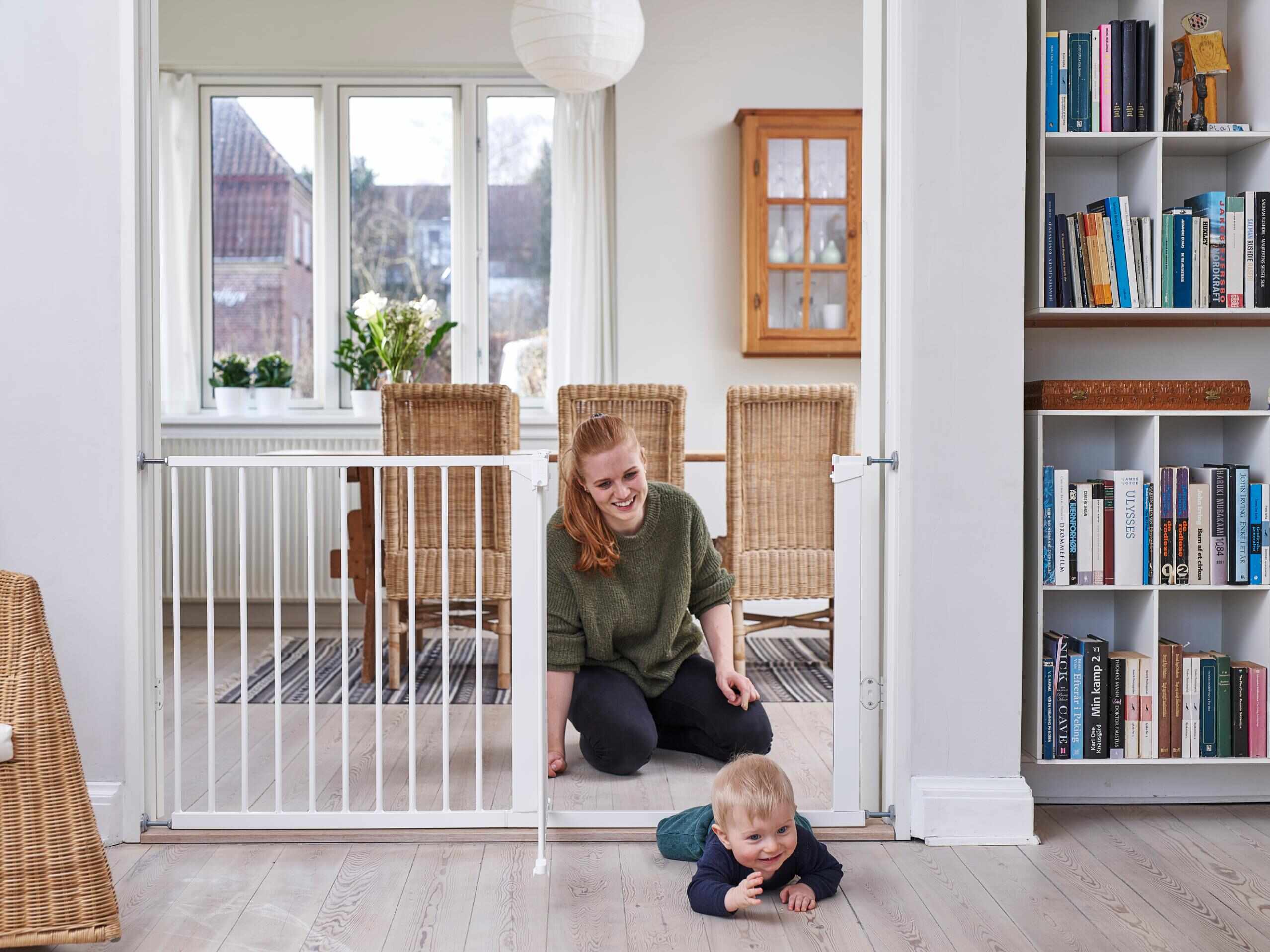
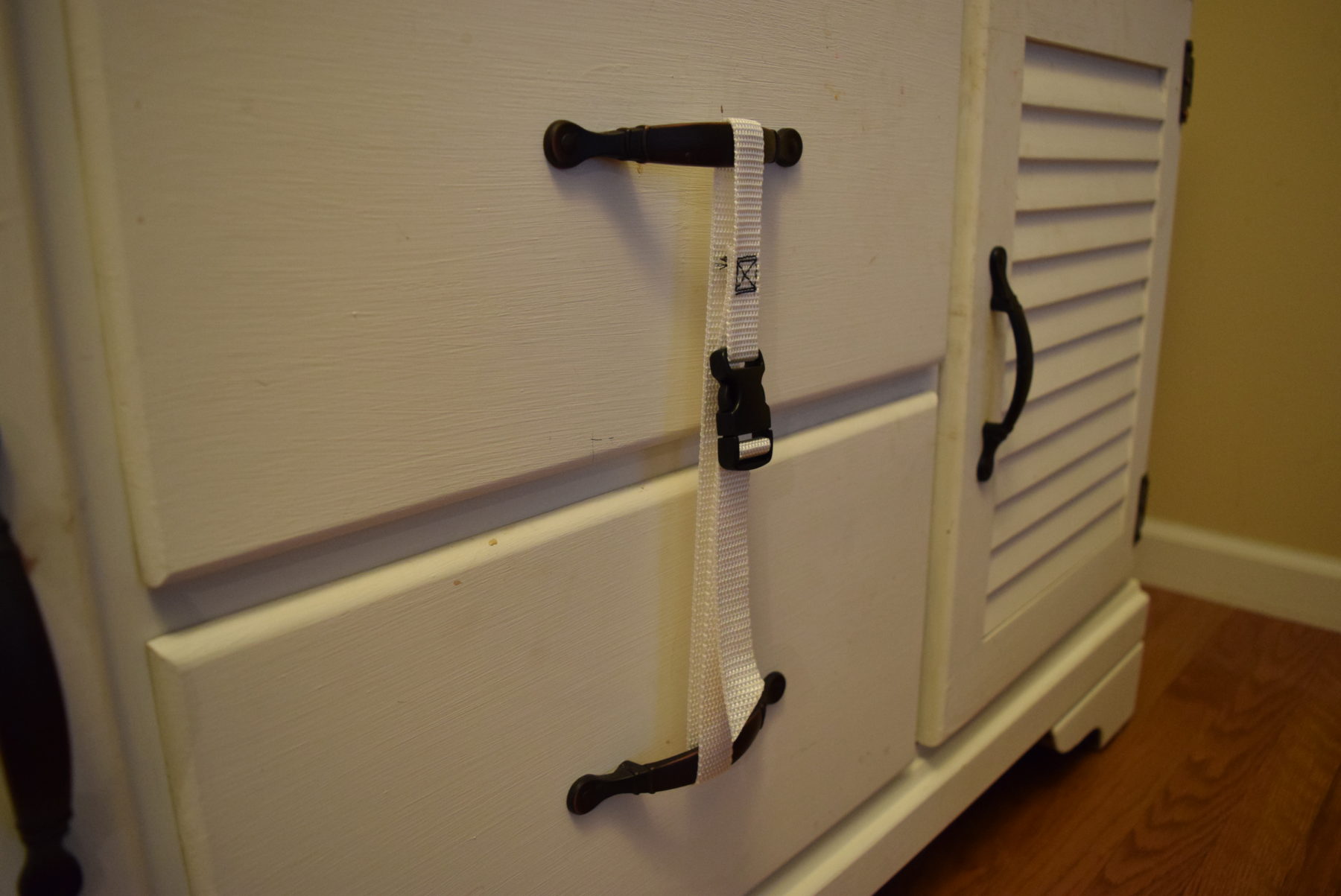
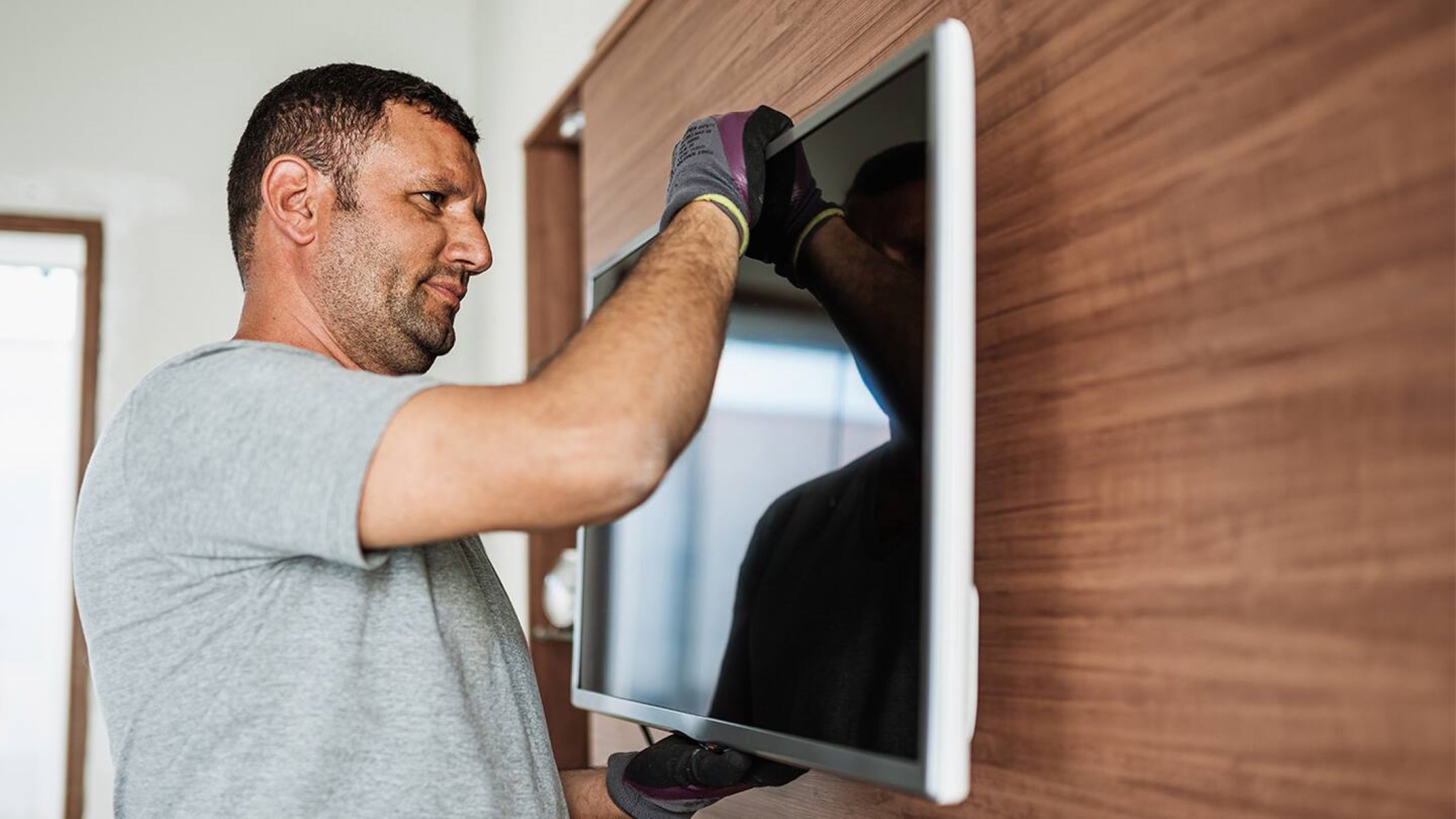

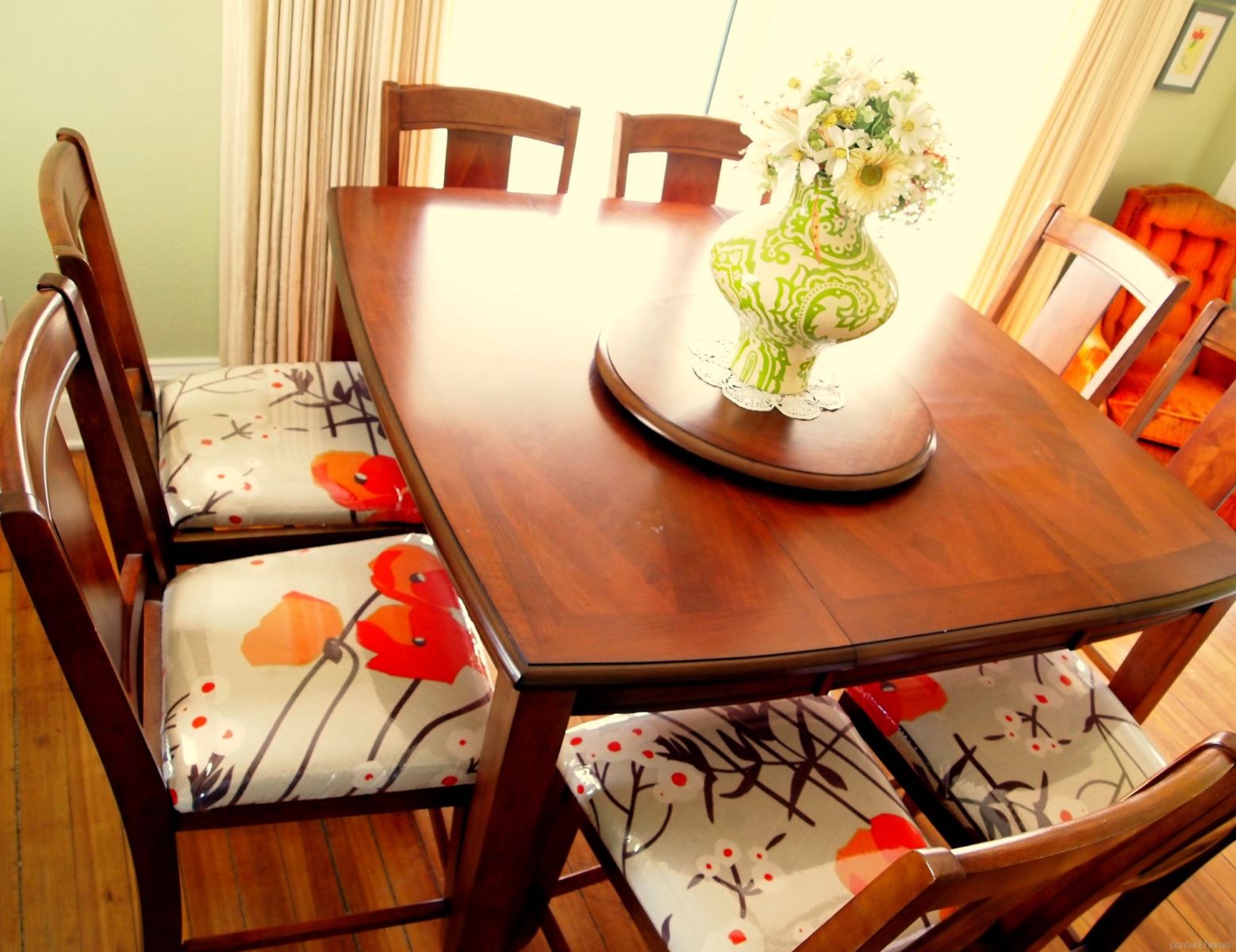
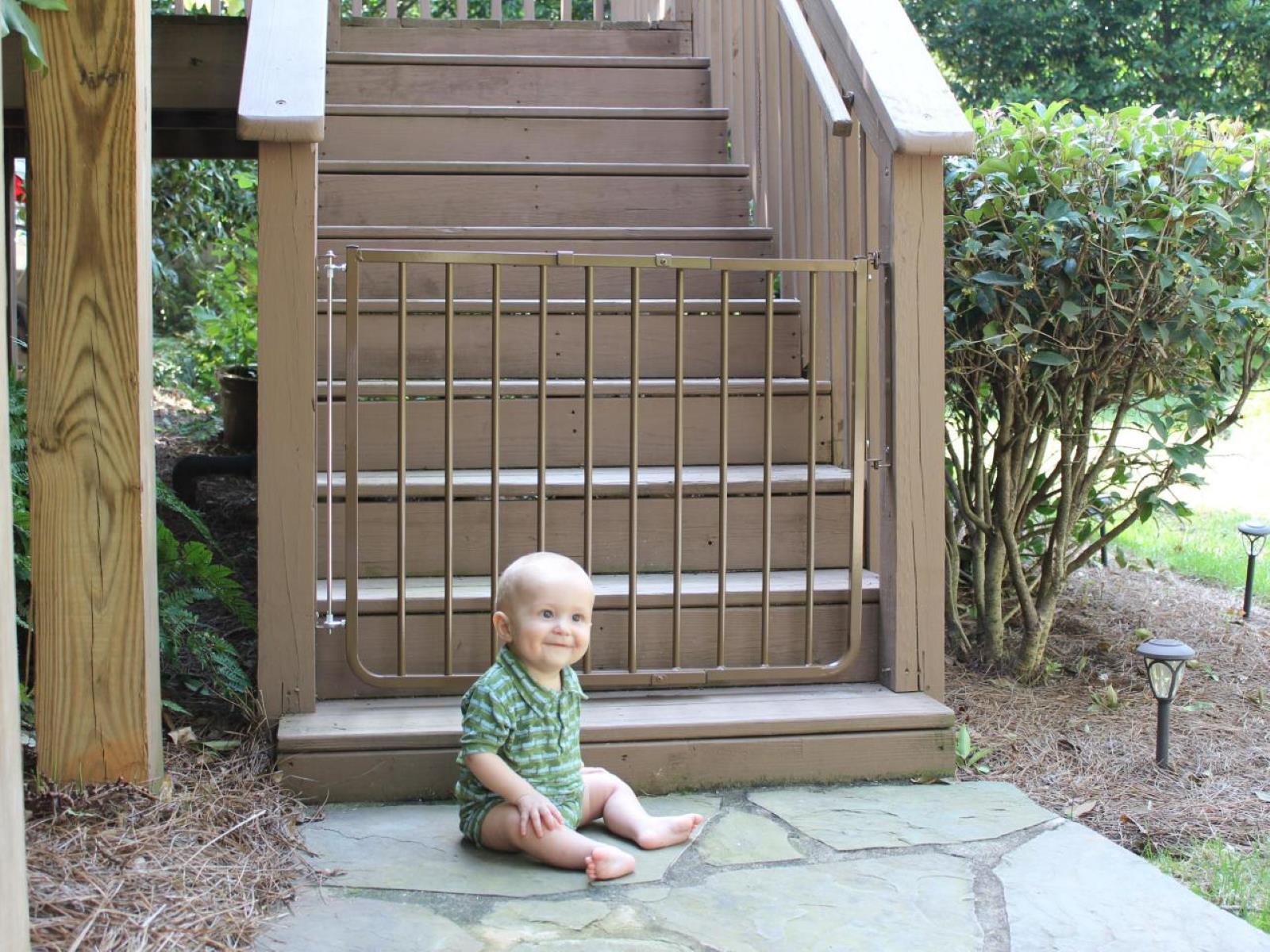

0 thoughts on “How To Childproof A Kitchen”